The concept of eco-friendly living is rapidly evolving from a niche interest into a global necessity. As we seek smarter ways to build and live, the industry is responding with groundbreaking solutions. This article explores the most impactful new developments in sustainable housing, from intelligent materials that adapt to their environment to construction methods that drastically reduce waste and carbon footprints.
Contents
Smart materials and advanced building technologies
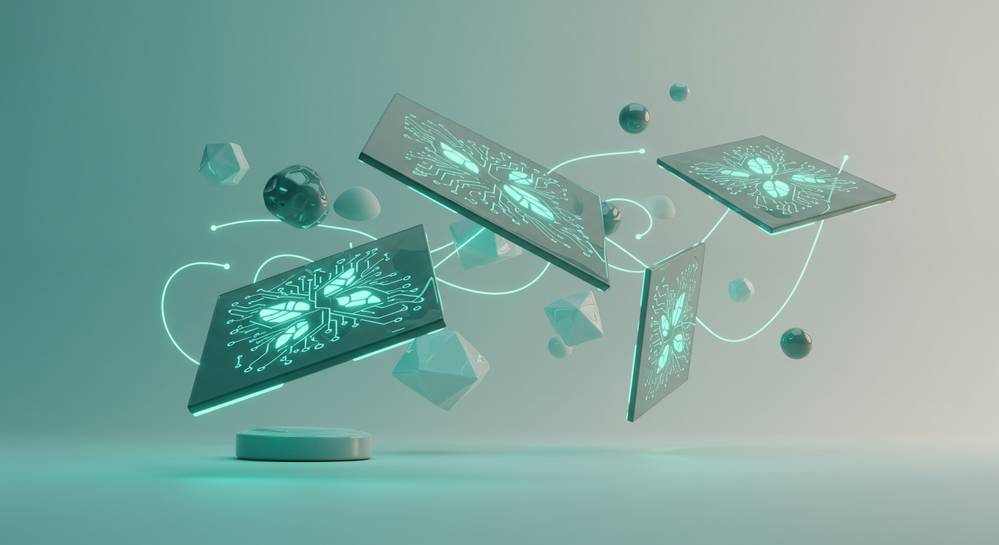
Smart materials shaping sustainable housing
The most important new developments in sustainable housing come from advanced materials designed for efficiency and longevity. These eco-friendly construction innovations are not just passive components; they actively respond to their environment to improve performance. This represents a foundational shift, creating homes that are more durable and require less energy. Such progress is a key part of the broader evolution in smart home technology, where the structure itself contributes to sustainability.
- Self-Healing Concrete: This advanced concrete contains dormant bacteria that activate when water enters a crack. They produce limestone, naturally sealing the damage and extending the structure’s lifespan, which significantly reduces long-term maintenance costs and material use.
- Aerogel Insulation: Often called frozen smoke, aerogel is an ultralight material with remarkable insulating properties. Using it in walls and windows can drastically cut energy consumption for heating and cooling, directly addressing operational carbon emissions.
- Transparent Wood Composites: As a sustainable alternative to glass, this material is stronger, lighter, and a far better insulator. It allows for bright, naturally lit interiors without the associated heat loss, blending aesthetics with high performance.
The revolution of 3D printing and modular construction
Two of the most impactful new developments in sustainable housing tackle the core problems of traditional building: waste and time. 3D printing and modular construction are transforming the industry. These methods make building faster, more precise, and far less wasteful. They represent a new way of thinking about undefined, starting with a more efficient foundation.
3D printed homes
Large-scale 3D printers construct homes layer by layer using materials like concrete or recycled plastics. This additive manufacturing process is highly precise, using only the material needed and slashing construction waste. According to industry reports, this can reduce waste by up to 60%. It also enables complex architectural designs that are difficult and expensive to achieve with conventional methods, boosting both creativity and structural efficiency.
Prefabricated modular units
Modular construction involves building sections of a house in a factory. These modules are then transported to the site for assembly. This controlled environment eliminates weather delays, improves quality control, and minimizes on-site waste. Because modules are built to exact specifications, they fit together perfectly. This creates highly insulated and airtight homes that are exceptionally energy-efficient from day one.
AI and IoT integration for ultimate energy efficiency
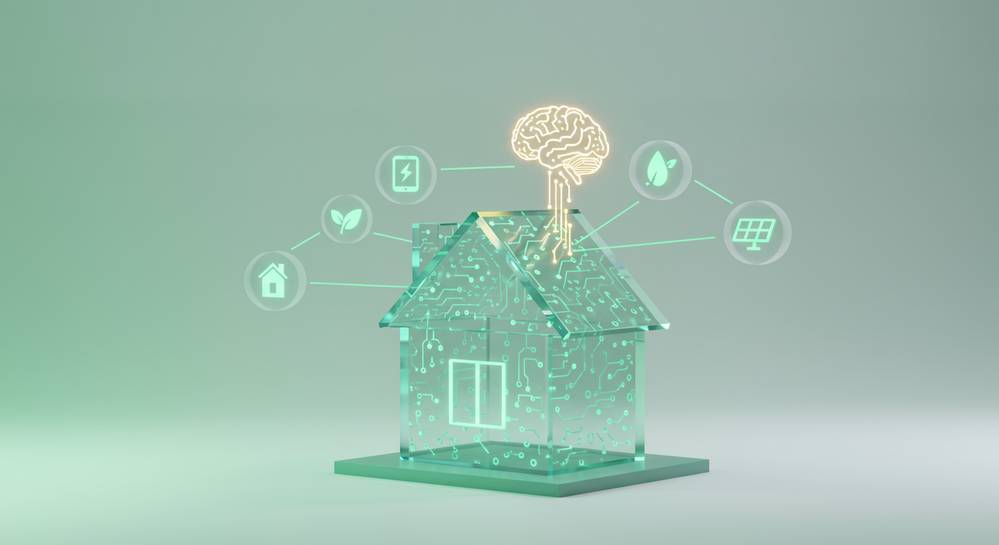
A truly sustainable home operates intelligently to minimize daily energy consumption. This is one of the most critical new developments in sustainable housing. The integration of Artificial Intelligence and the Internet of Things turns passive houses into active participants in energy conservation. These systems learn, adapt, and optimize resource use without human intervention, defining the relationship between a undefined.
- Predictive Energy Management: AI-powered systems analyze weather forecasts, grid demand, and household usage patterns. They make smart decisions like pre-cooling a house during off-peak hours or adjusting solar energy storage based on a cloudy forecast, cutting costs and consumption.
- Smart Climate and Lighting Control: IoT sensors detect which rooms are occupied, adjusting heating, cooling, and lighting automatically. This simple action eliminates significant energy waste from empty spaces while learning preferences to maintain comfort.
- Water Usage Optimization: Beyond electricity, smart systems manage water. Smart irrigation uses real-time weather data to water gardens only when needed, while interior sensors can detect leaks early to prevent waste and damage.
Embracing biophilic design and the circular economy

Biophilic design principles
Beyond technology, the most profound new developments in sustainable housing involve broader philosophies. Biophilic design is a core example, focusing on connecting buildings with the natural world. This is more than just adding plants; it means integrating natural light, living walls, and organic materials directly into the architecture. The benefits are tangible, leading to improved mental well-being, better air quality, and a reduced need for artificial lighting and cooling, directly lowering a home’s energy footprint.
The circular economy in construction
The circular economy challenges the wasteful build-use-demolish model. This forward-thinking approach focuses on creating homes where materials can be reused, repaired, or recycled at the end of their life. Key practices include using reclaimed wood, designing structures for easy disassembly, and choosing non-toxic, biodegradable materials. The ultimate goal is to ensure a building’s components can return to the supply chain or ecosystem with minimal waste, creating a truly regenerative housing cycle.
These advancements show that the future of housing is smarter, faster, and deeply integrated with nature. The focus is shifting towards holistic systems that prioritize long-term sustainability over short-term costs. By embracing these innovations, we can build communities that are not only eco-friendly but also healthier and more resilient. Explore more tech insights on Home Gadget Digest.
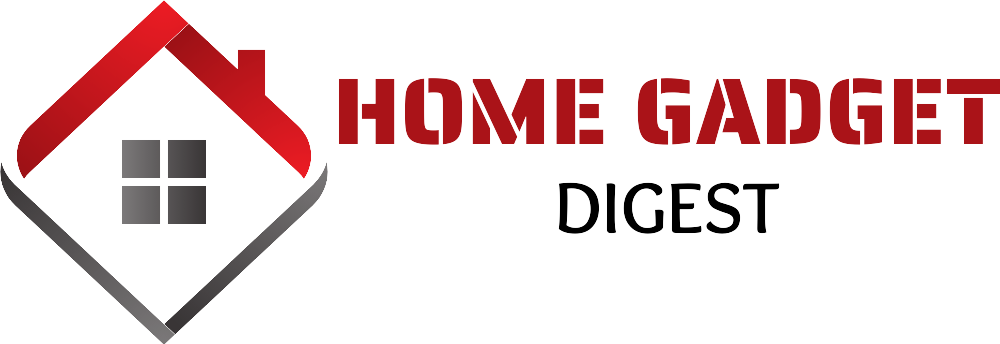



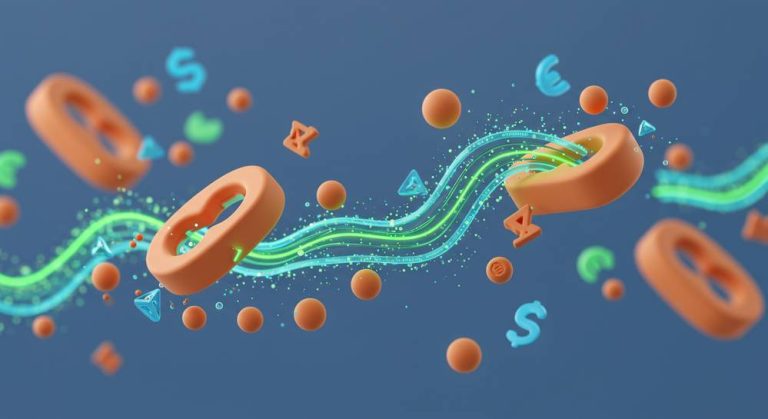

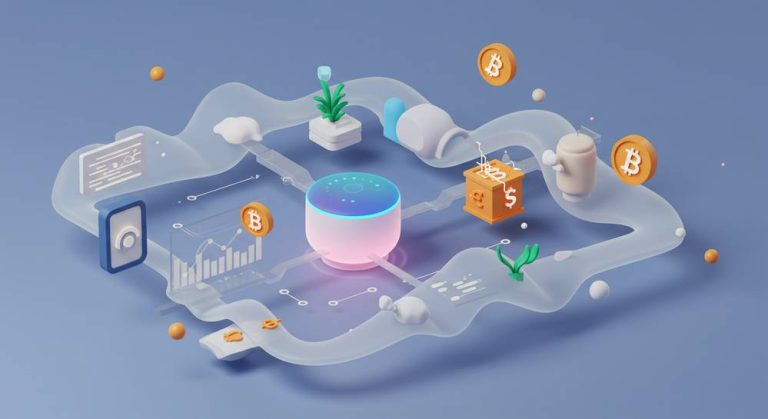
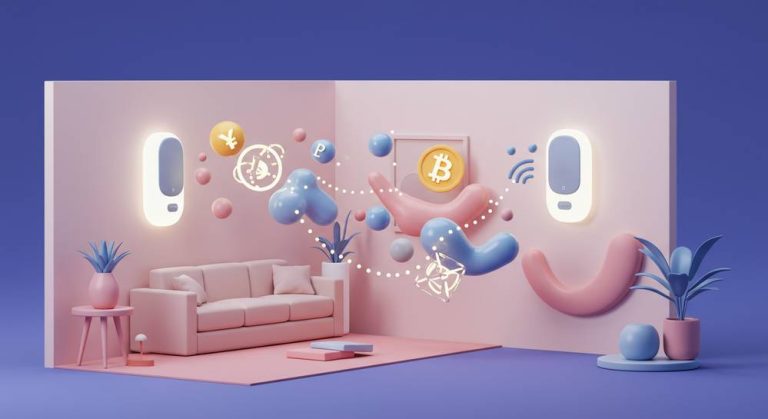
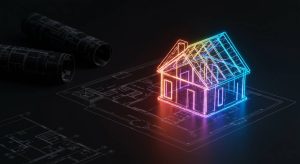


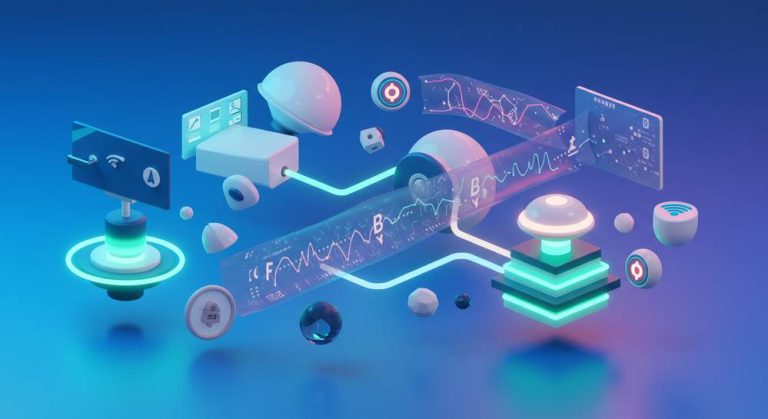

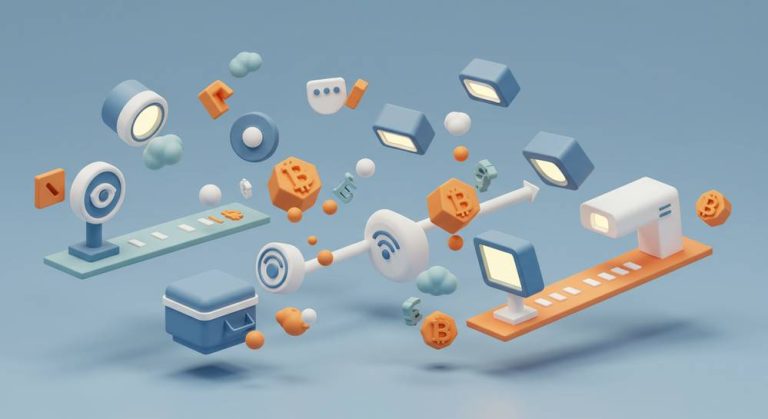
+ There are no comments
Add yours